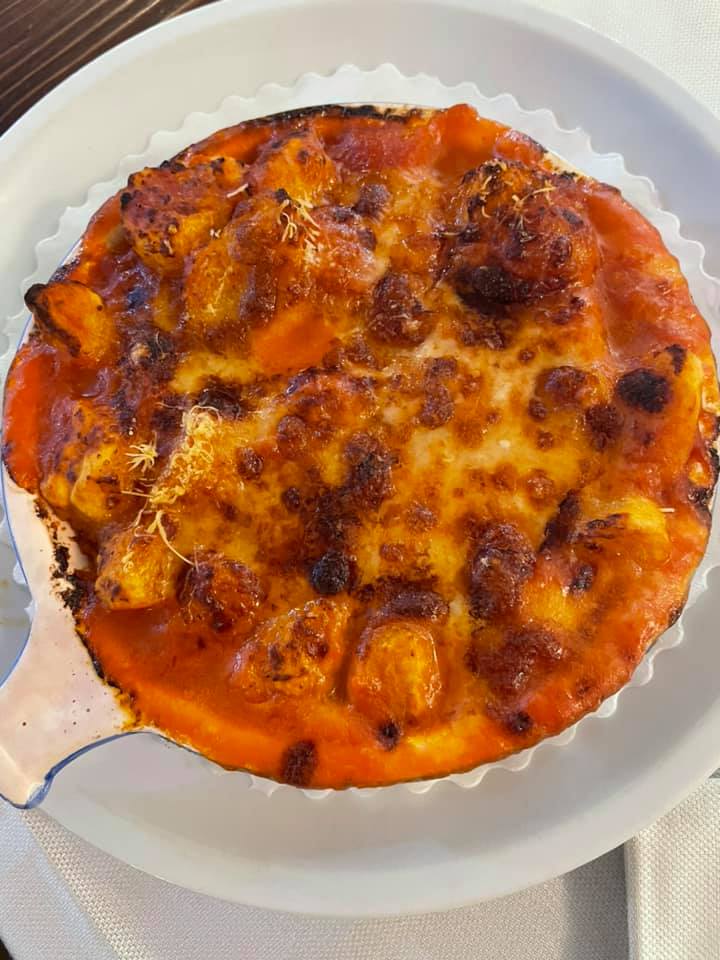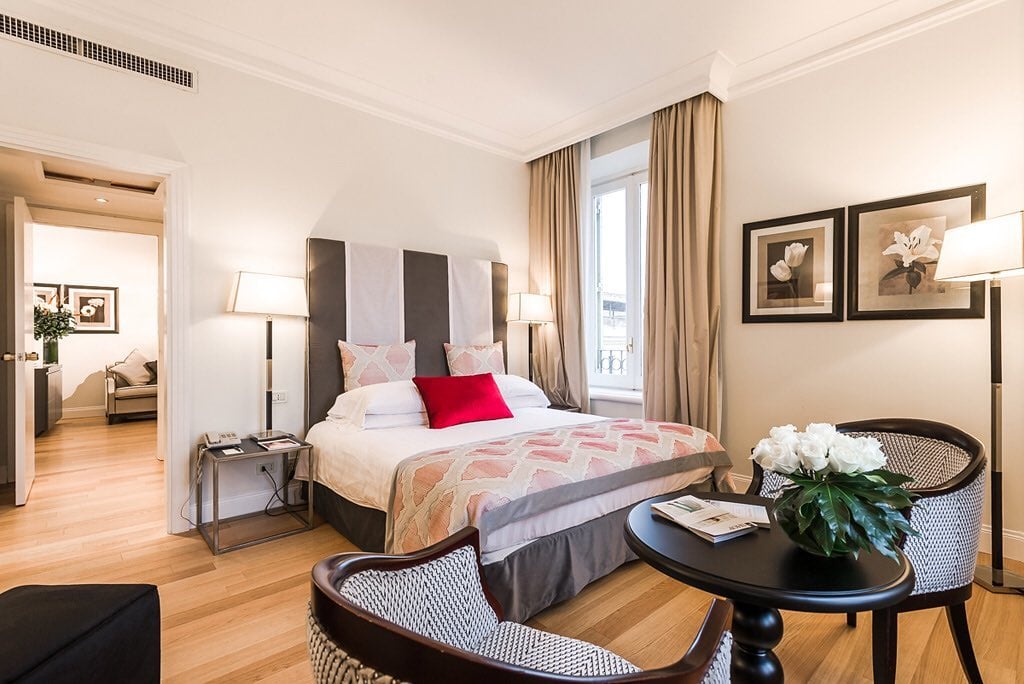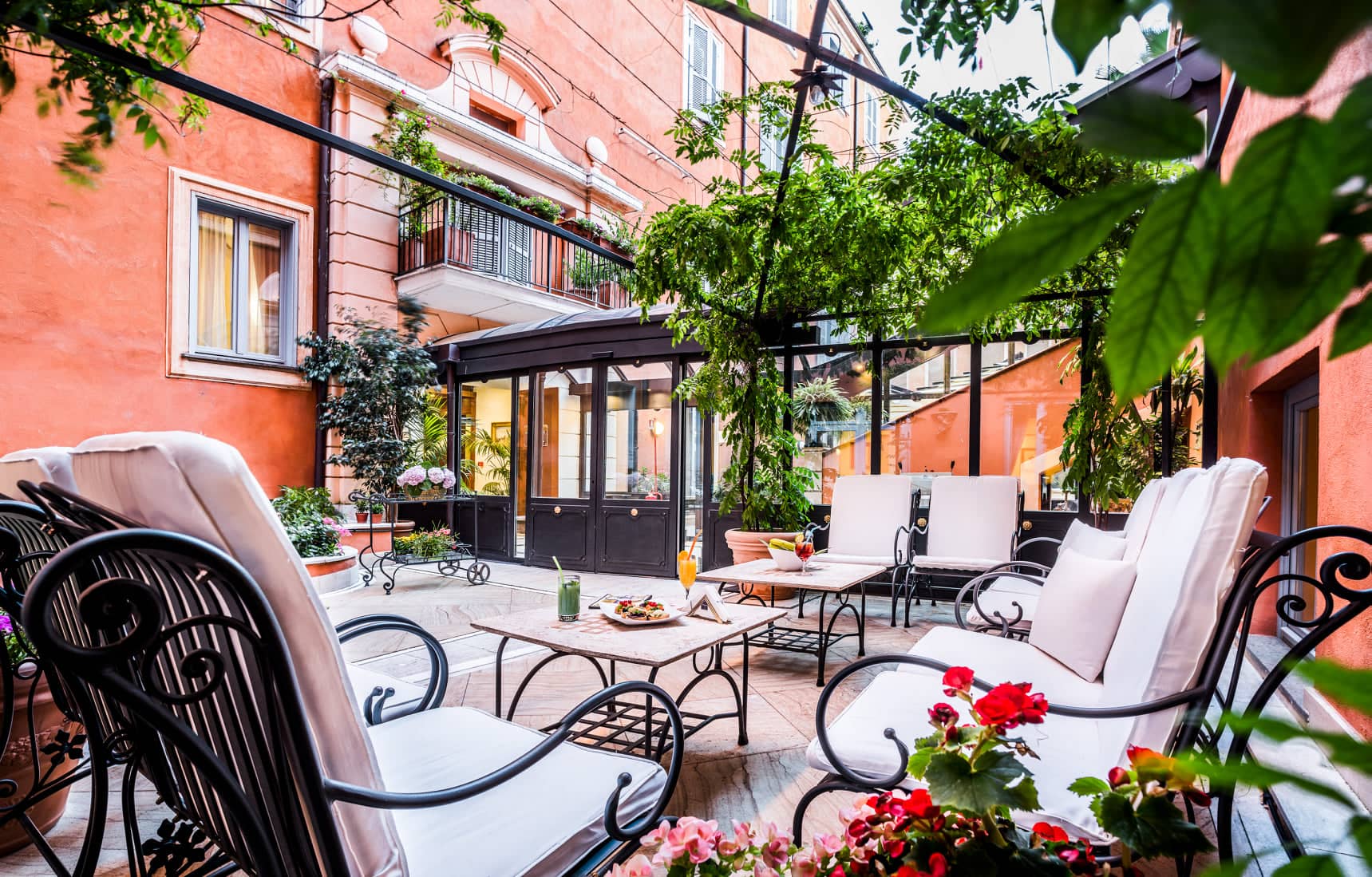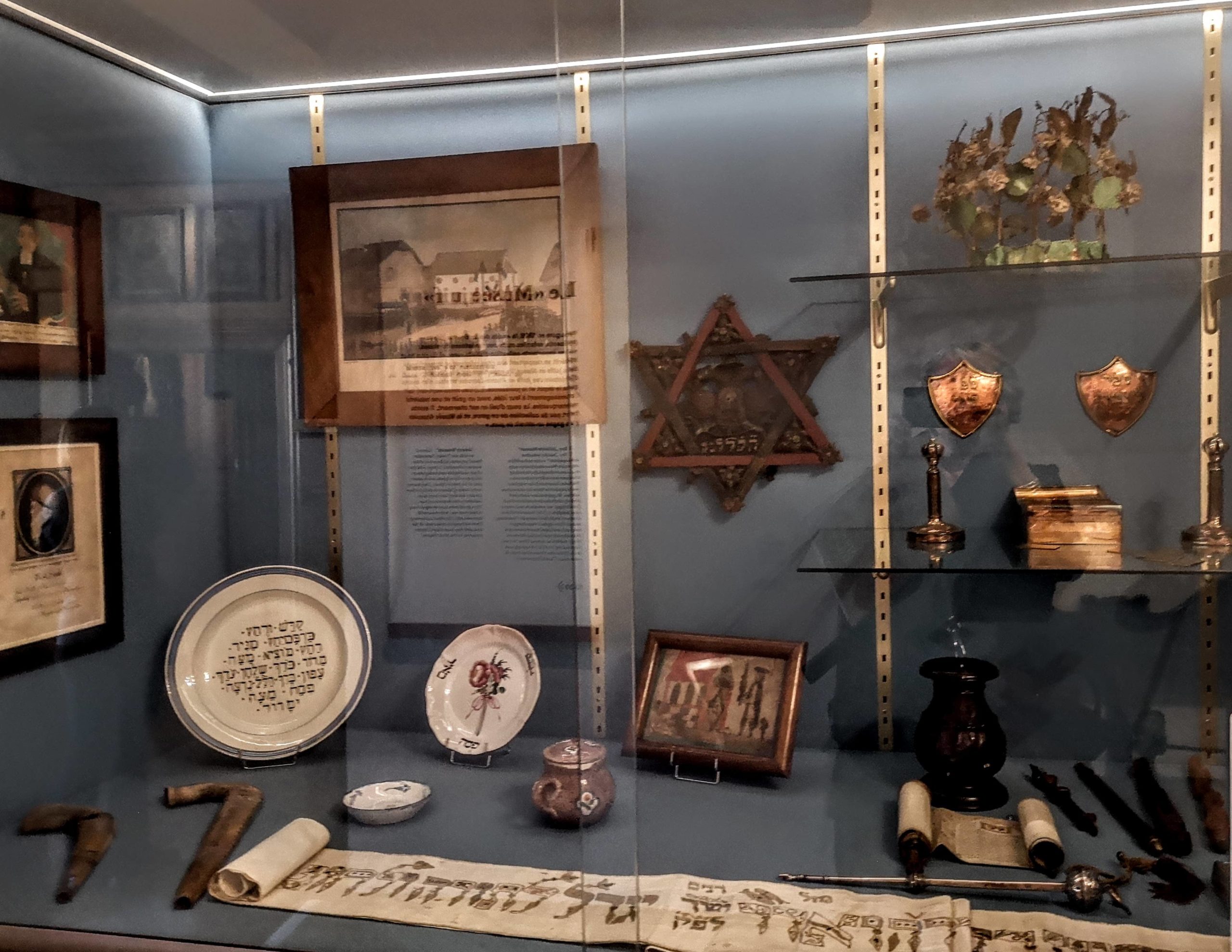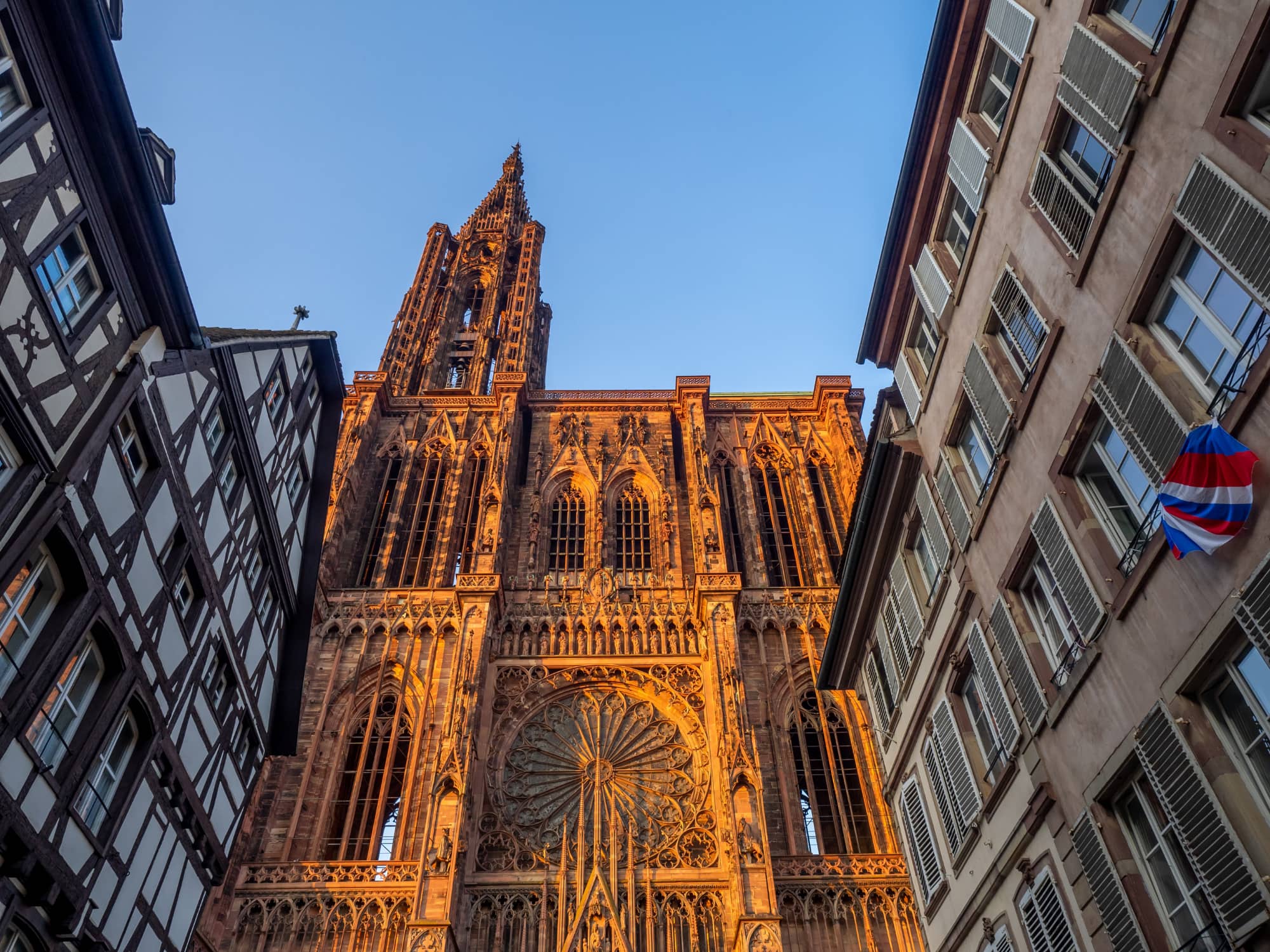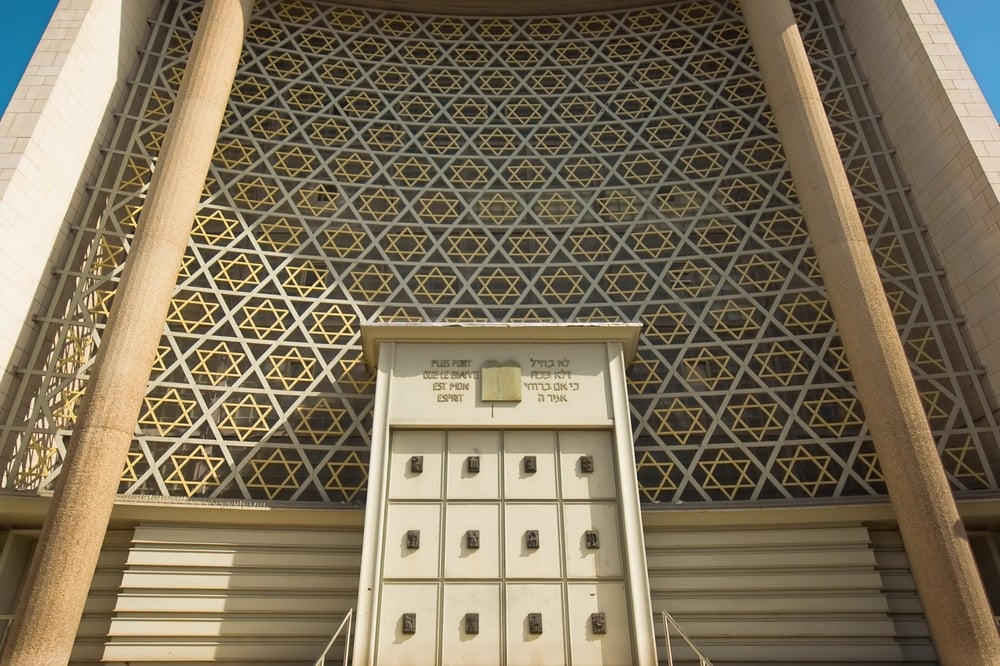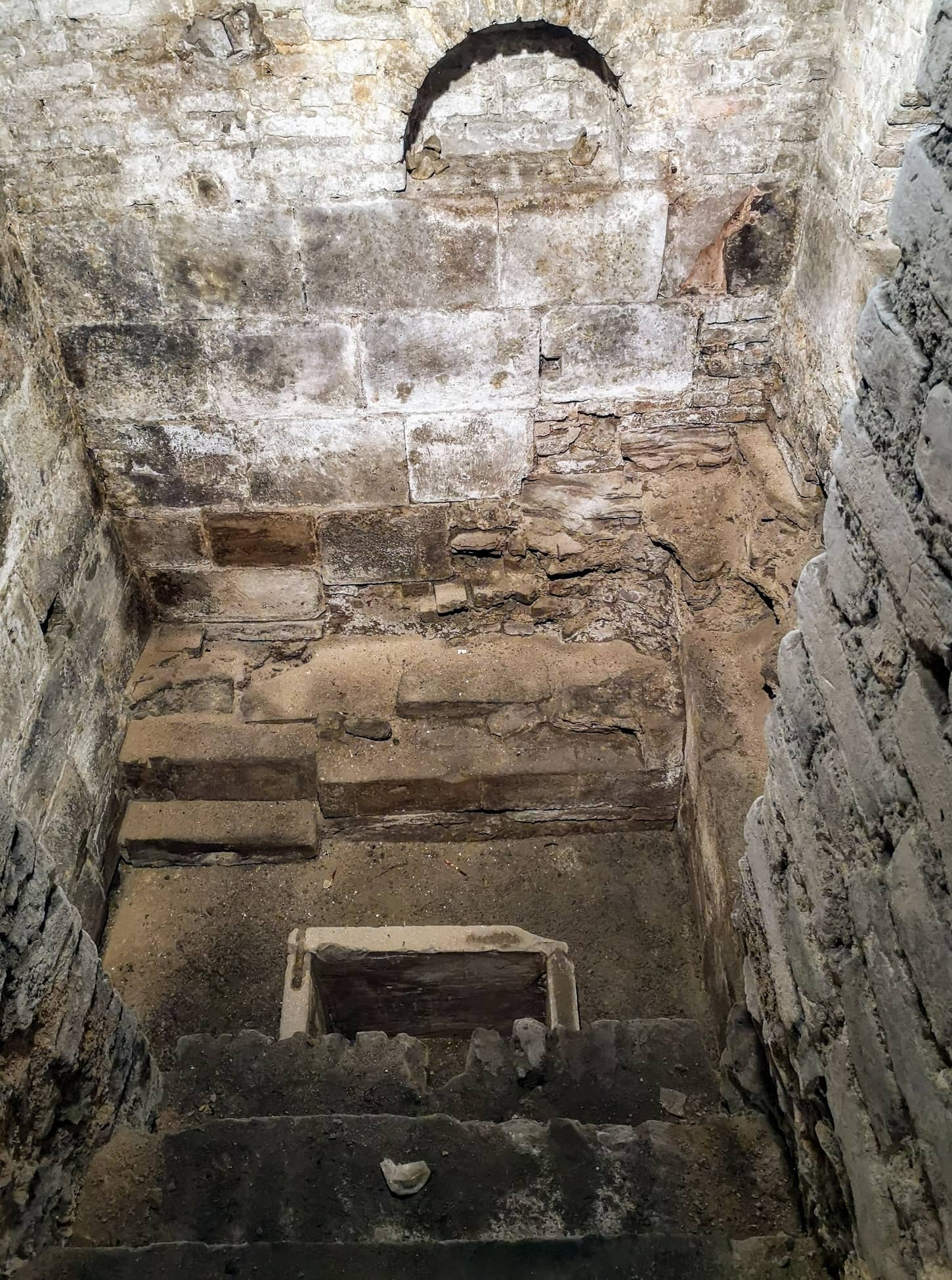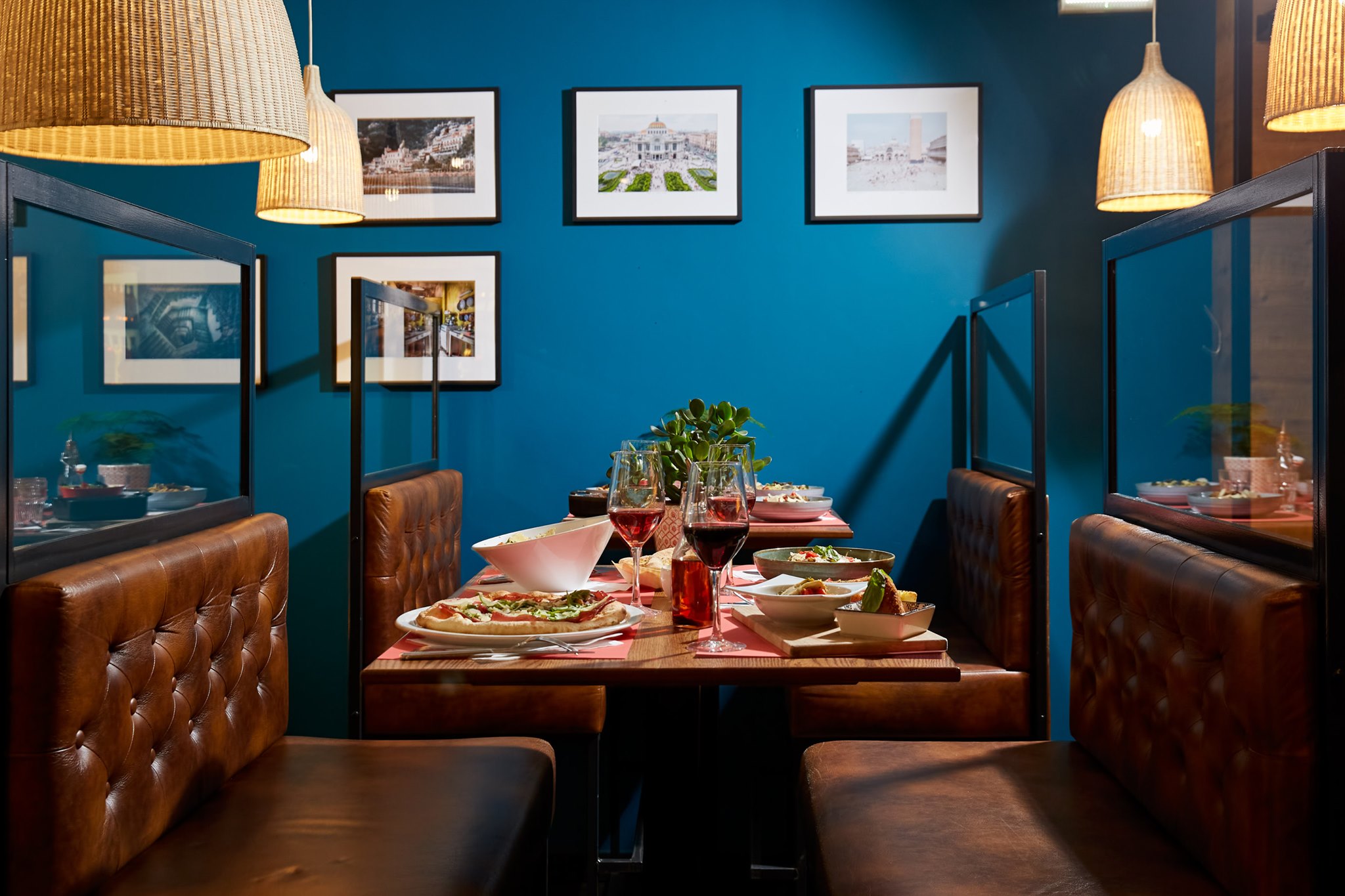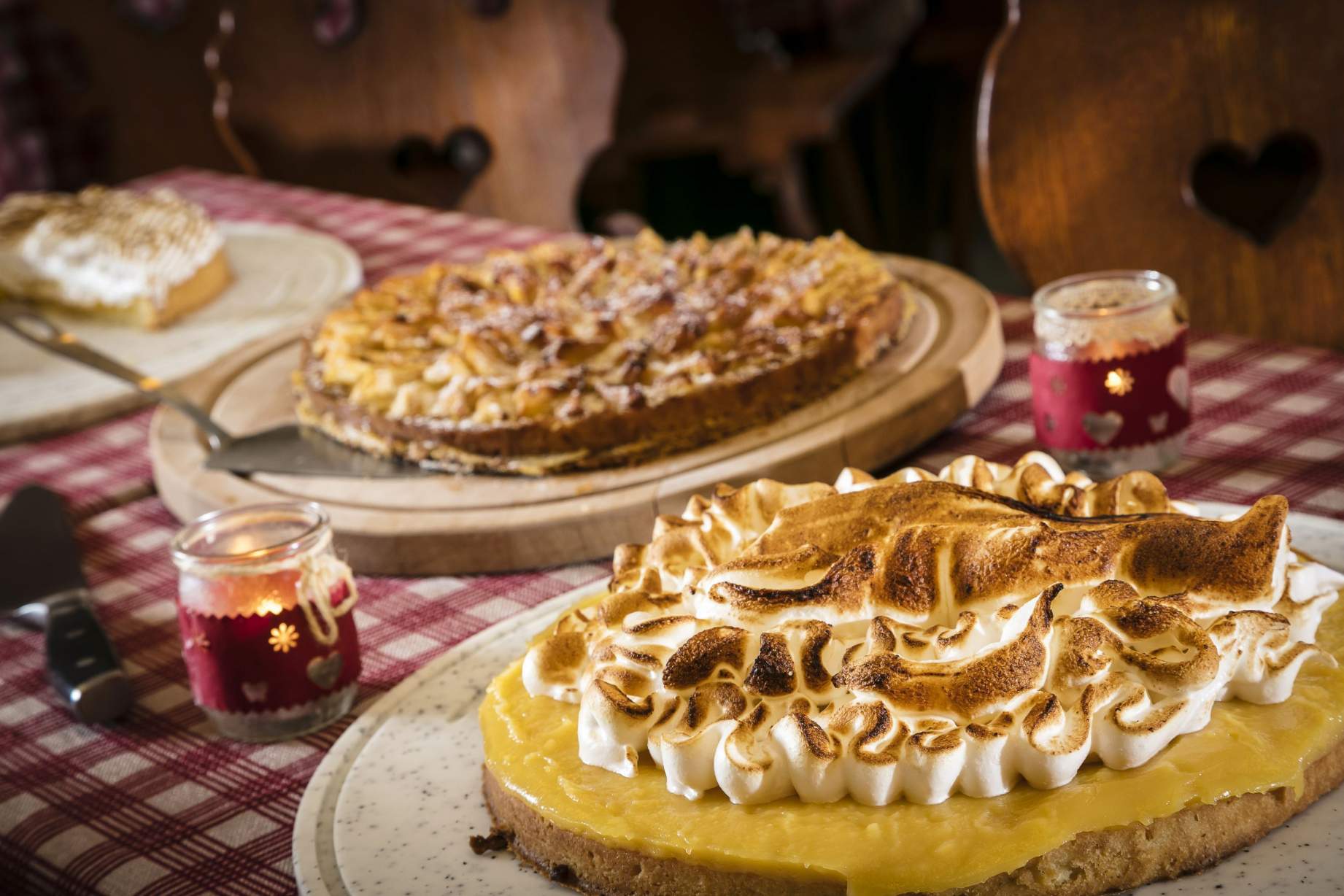Yotvata was born from the idea of the owner Marco Sed, who was inspired by the chain of the homonymous restaurant in Israel, well known and appreciated by Israelis and tourists. It is the only kosher milk restaurant in Rome that produces its cheeses. The cuisine of Yotvata follows the Roman Jewish tradition, inherited from our grandmothers who already delighted the palates a hundred years ago with the Giudia artichoke, the courgette tanning, the anchovies with the endive and the vegetable fries. The restaurant applies strict kosher standards, a term that literally means “suitable” and indicates all foods allowed for Jewish consumption, guaranteeing the wholesomeness and quality of the raw materials that our chefs make into wonderful foods.
Archives: Directory listings
Directory listings
NEMAN Maison
Set in a historical renaissance building in the Jewish ghetto at the Pantheon distcrict, NEMAN Maison provides exclusive and elegant suites with free WiFi throughout and scenic city view overlooking Teatro Marcello (aka the small colosseum).
We welcome our guests to experience the essence & beauty of Rome, creating unforgettable moments. Neman Hotel respect the Jewish neighbourhood in which it is located and offers its Kosher guests complementary services, corresponding to the Great Synagogue’s functions located only 1 minute walk away.
The Neman Hotel is also great for religous Jews who can choose from a variety of kosher breakfast meals, and receive a hot plate and Shabbat key upon request
Grand Hotel de la Minerve
Among the 5 star luxury hotels in Rome, Grand Hotel de la Minerve, is housed in a magnificent mansion dating from the 1600’s. Set in the historical city centre, the hotel overlooks the Pantheon and is just minutes from Piazza Navona, the Trevi Fountain and the Spanish Steps. Completely renovated to better meet the needs of its modern, sophisticated clientele, the hotel has retained its noble, elegant lines and the atmosphere of a comfortable, welcoming aristocratic “home”.
During the whole year guests may dine in the spectacular “Roof Garden”, from which the Grand Hotel de la Minerve offers an incomparable view. Here a delicious dinner is an excellent opportunity to enjoy the day’s last light and to delight in one of the spectacular sunsets that only the Roof Garden can offer. The restaurant serves Italian and international cuisine.
The 5 star luxury hotel in Rome, recently upgraded to better satisfy the needs of its demanding clientele, offers 132 Rooms including Classic, Superior, Deluxe, Grand Deluxe, Junior Suites and Suites.
Hotel Ponte Sisto
Among the 4-star hotels in the center of Rome, Hotel Ponte Sisto is the choice for those who want to experience an unforgettable and romantic vacation in the heart of the Eternal City.
Downtown Rome is home to the elegantly comfortable 4-star Hotel Ponte Sisto business hotel just off Trastevere, convenient to Piazza Navona, the Pantheon and the ancient Via Giulia, one of the most captivating sites in the city.
The Old Town’s narrow cobbled streets will lead you on your conquest of the Roman territory: shopping enthusiasts will appreciate the luxury boutiques and bargain shops of the close by Via Giulia, while culture lovers will be stunned by countless churches and monuments, ranging from Roman Empire to 19th century baroque buildings, you will encounter almost around every corner in the city center. The Tiber River, which can be admired from the hotel’s roof terrace, as well as from some of the rooms and suites, is just around the corner and by crossing the pedestrian Ponte Sisto Bridge, visitors will find themselves in the traditional Trastevere district with its wide range of bars and dining venues: an excellent choice for an aperitivo enjoying the classic charm of the area, or even to spend a night out in Rome.
Alsacien Museum of Strasbourg
A memory of Judaism in Alsace. A unique collection, testimony to rural and ancient communities, displayed from the very beginning in the museum.
The Musée Alsacien has one of the most important collections of Judaica in Europe, thanks in particular to the special link established in 1907 with the “Société d’histoire des Israélites d’Alsace et de Lorraine (SHIAL)”. This society, created by Rabbi Moïse Ginsburger in 1905, initially aimed to collect and preserve documents and objects related to the history of the Jews of the region, so that they would remain in Alsace rather than be sent to Berlin, the capital of the German Empire to which Alsace belonged at this time.
In 1907, the SHIAL was tasked by the founders of the Alsatian Museum to create a collection of Judaica for the museum newly opened to the public. The Society collected and placed objects, which today represent nearly 400 items, in addition to the museum’s own acquisitions. This partnership, which is more than a century old, shows that from the beginning this project to report on the Alsatian identity fully integrates the Jewish communities. This approach has continued throughout the history of the Musée Alsacien: acquisitions, publications and also presentations. Thus, the Judaica are not confined to the “religions and beliefs” section, but are integrated, along with the other religions of the concordat (Protestantism/Catholicism, Judaism), into the presentation of the different ages of life and into temporary exhibitions.
The donation of the Genizah of Dambach-la-Ville has enriched the Alsatian Museum both digitally (900 items) and scientifically, and it now possesses one of the most important collections of mappot in the world, including several from the 17th century. This exceptional collection was unveiled to the public at the “Héritage inespéré” exhibition in October 2016.
http://judaisme.sdv.fr/today/musals/galerie.ht
Cathedral of Notre Dame of Strasbourg
To observe the wonderful front of the cathedral, with its multitude of figures/sculptures takes several hours ! Its particularly rich statuary tells countless stories to the attentive observer.
The main front, the most richly decorated, presents on its right portal the Tempter, surrounded by the Wise and Foolish Virgins, on the left portal the battle of the Vices and the Virtues. Between the two, the central portal evokes the passion and resurrection of Christ.
Continuing the observation from the Place du Chateau (Castle Square), we will let our eyes linger on the south portal and more particularly on the pair of sculptures of the Church and the Synagogue, placed on either side of these portals. They originally framed a figure of King Solomon, an artwork that has now disappeared. These two female figures, allegories of the Christian and Judaic religions, are among the most famous masterpieces of Western art in the Middle Ages.
The Synagogue de la Paix
The construction of the Great Synagogue of Peace was inaugurated on March 23, 1958. It has about 1,700 seats. This building, the seat of the Chief Rabbinate, simultaneously includes several places of worship: the “Mercaz” youth oratory, and the Leo Cohn synagogue of the Sefarad rite, a Gan Chalom kindergarten, a Yehuda Halevy elementary school, administrative and social premises, a large library, as well as the premises of the Community Center and of the Jewish radio station “Radio Judaïca” (102.9 MHz in FM).
The modernism of the building is reflected in the materials and the masterplan of the building. Traditional symbols of Judaism can be found in the building, such as: the vast vault is supported by twelve columns evoking the twelve tribes of Israel: the first two frame the exterior portal, and the ten located inside recall the Ten Commandments. The main front consists of a continuous network of stars of David, a monumental work of ironwork, at the base of which begin the metal portal, whose leaves are decorated with the emblems of the twelve tribes of Israel.
Inside, the nave can be split in half by a large wooden wall and form a conference room of 400 seats: it is the Hirschler room in memory of the great rabbi of the Lower Rhine, who died in deportation. The Holy Ark, located on the stage (“Al memor”) is a round sanctuary in wrought iron and above a large Star of David is placed horizontally on five thin columns. On the pediment is an inscription in Hebrew: “Do we not all have the same Father?” The curtain of the Holy Ark is a vast Aubusson tapestry cartoon by the famous tapestry artist, Jean Lurçat.
For more information:
http://judaisme.sdv.fr/histoire/villes/strasbrg/index.htm
Medieval Mikveh (Ritual Bath)
It was in 1984, during the refurbishment of a block of houses at number 20 rue des Charpentiers, near the cathedral, that the remains of a mikveh (ritual bath) were discovered, the last witness to the intense life of Judaism in medieval Strasbourg.
Present in Alsace since antiquity, the Jews were expelled from Strasbourg during the pogrom of 1349 and saw their places of worship being closed or destroyed.
Of this bath used for the ritual purification of women and certain pious men, a small, almost square cellar of about 9 m² remains, with a basin in the center that can hold up to 500 liters of water directly from the groundwater, to which hot water was added. The walls had niches for candles, and a small adjoining room served as a checkroom.
Pop & Lino
Warm and authentic atmosphere like in the popular trattorias nestled in the alleys of Bergamo; fresh products, directly imported from Italy to prepare our pizze or our tipicci piatti
… But also a whole state of mind!
Winstub Meiselocker
Alsatian restaurant, Meiselocker is one of those traditional houses in which we like to meet to share a gourmet moment in a friendly atmosphere in the center of Strasbourg.
Discover Alsace through typical regional dishes where generosity rhymes with quality, friendliness and gourmet food in downtown Strasbourg.
Belonging to the French association of Maître Restaurateurs, Le Meiselocker guarantees “homemade” cuisine and the promise of local products, authentic recipes… tasty and gourmet dishes!
